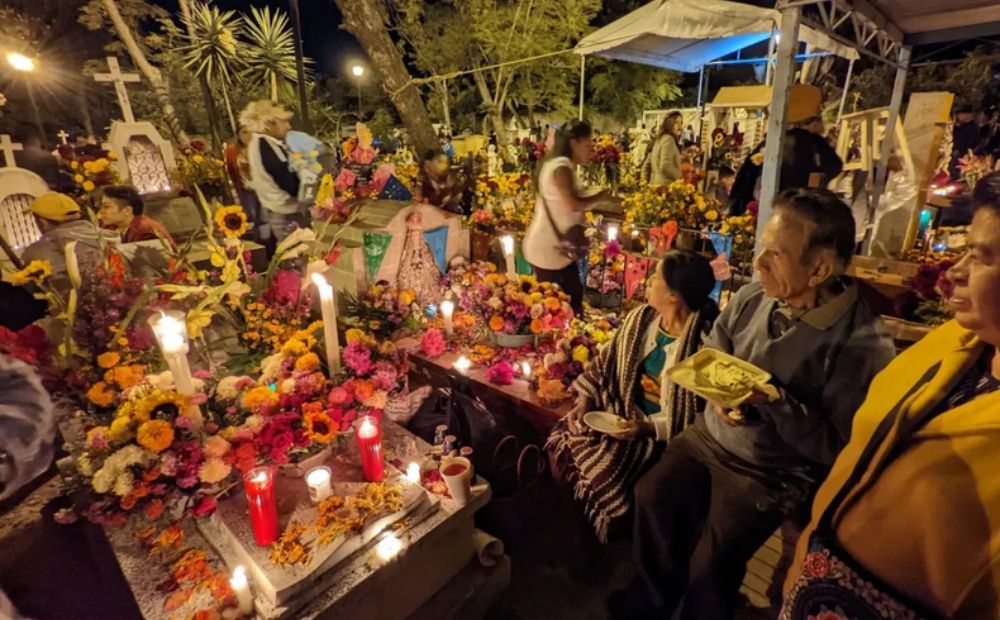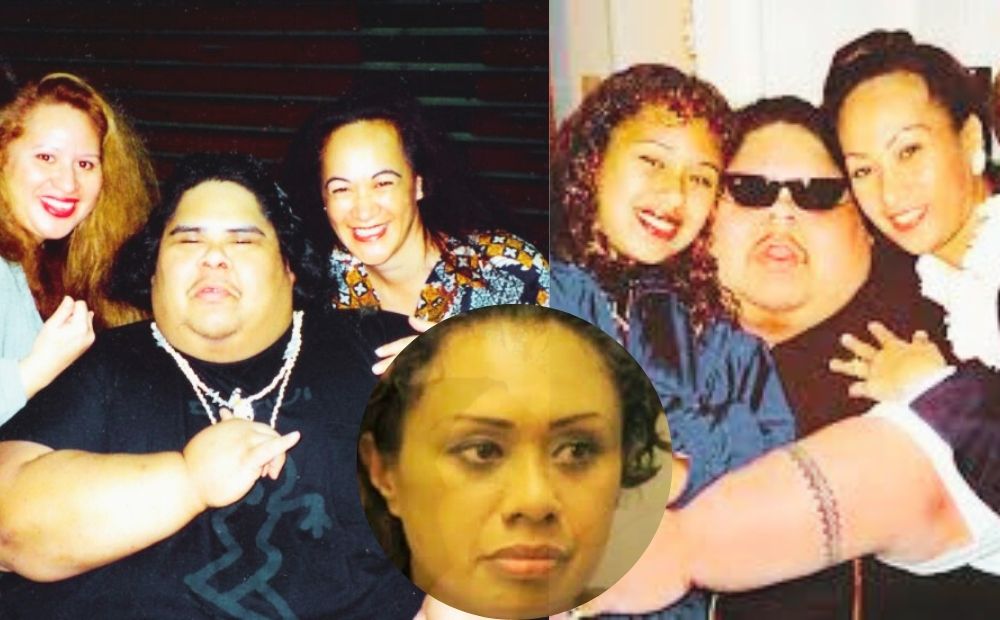Welcome to the enchanting world of Oaxaca’s Day of the Dead! In this vibrant celebration, life and death intertwine as families come together to honor their departed loved ones. Join us on a journey into the heart of Mexico’s rich cultural heritage, where ancient traditions meet modern festivities.
Origins of Day of the Dead
Day of the Dead, known as Día de los Muertos in Spanish, traces its roots back to indigenous Aztec rituals honoring the goddess Mictecacihuatl, the Lady of the Dead. Over time, it merged with Catholic traditions brought by Spanish colonizers, creating a unique blend of spiritual beliefs.
Preparation and Altars
Days before the main event, families meticulously prepare ofrendas, or altars, adorned with photographs, candles, and cherished possessions of the deceased. These altars serve as welcoming spaces for the spirits to return to the earthly realm.
Marigolds and Cempasuchil Flowers
Marigolds, known as cempasuchil, play a central role in Day of the Dead celebrations. Their vibrant orange hues guide the spirits back home with their strong scent and vivid colors, symbolizing the fragility of life.
Traditional Foods
No Day of the Dead celebration is complete without an array of traditional foods. From pan de muerto (bread of the dead) to mole negro, families gather to enjoy a feast fit for both the living and the departed.
La Calavera Catrina: Iconic Symbol
La Calavera Catrina, the elegant skull figure created by artist José Guadalupe Posada, has become an iconic symbol of Day of the Dead. Representing the whimsical nature of death, she reminds us to embrace life while honoring those who have passed.
All Souls’ Day and All Saints’ Day
Day of the Dead spans two days, All Souls’ Day and All Saints’ Day, where families visit cemeteries to clean and decorate the graves of their loved ones. It’s a time of reflection, remembrance, and celebration.
Nighttime Celebrations
As the sun sets, the streets come alive with nighttime celebrations. Colorful processions wind through the cobblestone streets, accompanied by music, dance, and laughter, creating a joyous atmosphere that transcends grief.
Music, Dance, and Processions
Music and dance are integral parts of Day of the Dead festivities. From traditional sones to lively marimba tunes, the rhythmic beats and spirited dances pay homage to the vibrant spirit of Mexican culture.
Cemetery Visits
Visiting cemeteries during Day of the Dead is a poignant tradition. Families gather around gravesites, sharing stories and memories while offering prayers and blessings for the souls of the departed.
Artisanal Crafts
Artisanal crafts play a significant role in Day of the Dead celebrations. From intricately decorated sugar skulls to colorful papel picado banners, these handmade creations add a touch of artistry to the festivities.
Modern Influences
While rooted in ancient traditions, Day of the Dead has evolved with the times, incorporating modern influences such as pop culture references and contemporary art installations, reflecting the dynamic nature of Mexican society.
Impact of Tourism
The growing popularity of Day of the Dead has led to an influx of tourism, both domestic and international. While bringing economic opportunities to local communities, it also raises questions about cultural appropriation and preserving authenticity.
Conclusion
In conclusion, Oaxaca’s Day of the Dead offers a captivating glimpse into Mexico’s rich cultural tapestry. From solemn rituals to lively celebrations, it’s a time to honor the past, celebrate the present, and embrace the eternal cycle of life and death.
FAQs
What is the significance of marigolds in Day of the Dead celebrations?
Marigolds, or cempasuchil flowers, guide the spirits of the departed back to the earthly realm with their vibrant colors and strong scent.
How do families prepare for Day of the Dead?
Families prepare altars, or ofrendas, adorned with photographs, candles, and favorite foods of the deceased to welcome their spirits home.
What is the origin of La Calavera Catrina? La Calavera Catrina was created by artist José Guadalupe Posada as a satirical depiction of Mexico’s upper class, but it has since become a symbol of Day of the Dead.
How long does Day of the Dead last?
Day of the Dead spans two days, All Souls’ Day (November 1st) and All Saints’ Day (November 2nd), though preparations often begin well in advance.
How has modernization impacted Day of the Dead celebrations?
While rooted in ancient traditions, Day of the Dead has evolved with modern influences, incorporating elements of pop culture and contemporary art.




